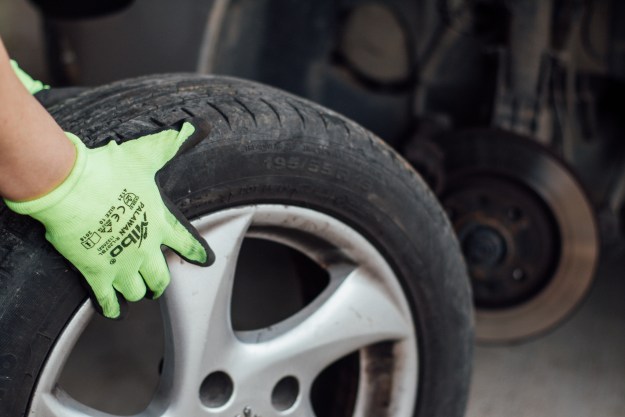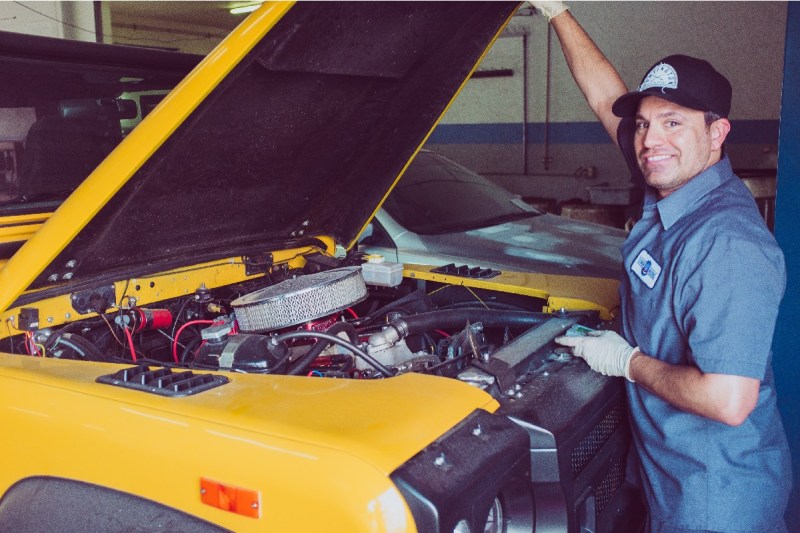
Most car owners don’t realize how complicated their vehicles really are. Cars with an internal combustion engine need fluids, and lots of them, to operate smoothly. You probably know about the basics, like engine oil, gasoline, coolant, windshield washer fluid, and transmission fluid. Yet, what about differential fluid, brake fluid, power steering fluid, and air conditioning refrigerant? All of these car fluids need to be checked routinely and flushed on a regular schedule.
Depending on your vehicle, you might need special tools to get to these fluids if you want to replace them. However, if you’re just looking to check what kind of shape they’re in, most are easy to get to.
Since every car is different, you’ll want to follow your owner’s manual to see where you can find these fluids on your specific vehicle and what kind of fluids your car needs. Still, we can tell you more about these car fluids and why they are necessary for your vehicle, so continue reading to learn more.
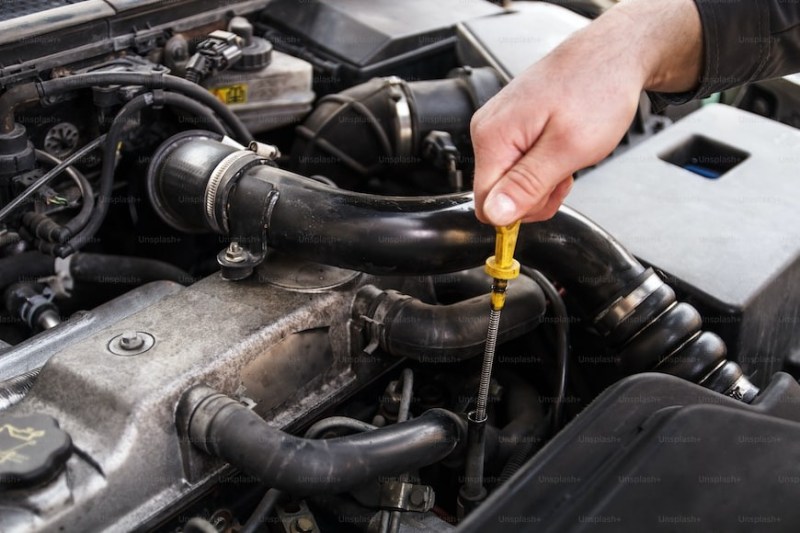
What fluids does a car need?
Gasoline is just one of the many fluids your car needs. Some fluids, like engine oil, transmission oil, and coolant, are evident, as we mentioned earlier, but there are a few other obscure ones you may not know about. Here’s a list of the eight-car fluids that you should keep an eye on:
- Engine oil
- Transmission fluid
- Brake fluid
- Power steering fluid
- Differential oil/transfer case fluid (4WD)
- Coolant
- Air conditioning refrigerant
- Clutch fluid
Let’s have a look at each of these fluids in greater detail in the below sections so that you get a better understanding of their importance.
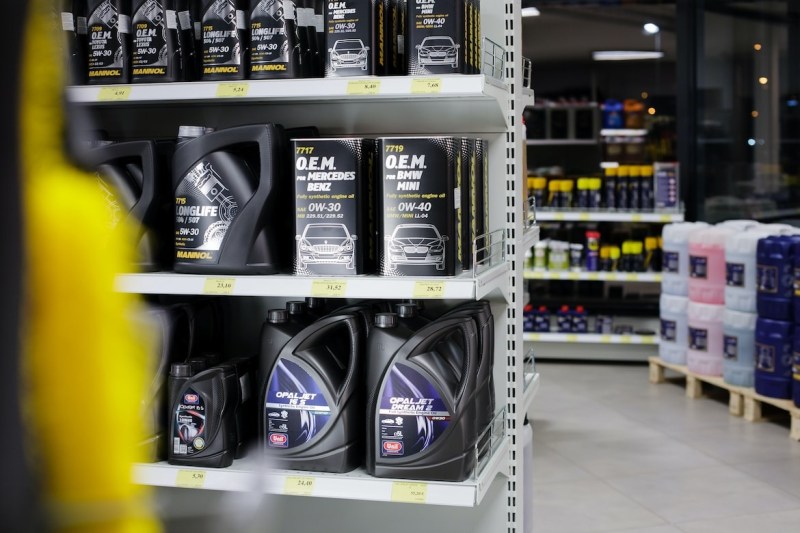
Engine oil
Engine oil is one of the simplest auto fluids to check. The majority of new cars on the market have a dipstick with an orange or yellow top that can be pulled out. Once the dipstick is out, you’ll want to check the dipstick to see what color the engine oil is – a darker, black color signifies oil that needs to be changed, while a lighter, caramel-colored oil is relatively new.
It’s best to wipe the dipstick with a clean white rag to double-check the color and insert it back into the dipstick tube before wiping off the oil a few times. You’ll want to keep an eye on the level, which is located at the bottom of the dipstick, to make sure that the engine has enough oil.
Additionally, it’s best to check engine oil once the car has had time to warm up fully, but you’ll want to keep the engine off when completing the test. Depending on what kind of oil you use in your car, you’re looking at changing engine oil every 3,000 miles for conventional oil to 10,000 miles for full synthetics.
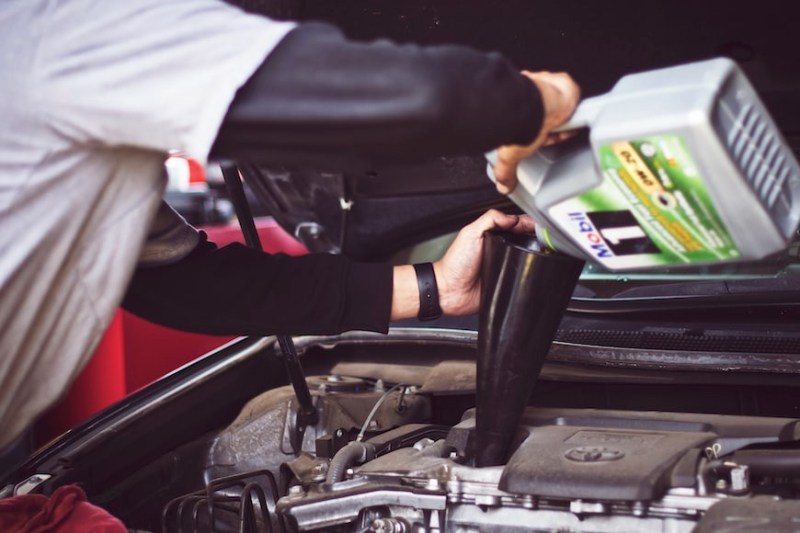
Transmission fluid
Like the engine oil dipstick, the transmission fluid dipstick is located underneath the hood. The dipstick for the transmission is located further back in the engine bay and typically has a different color or a transmission symbol on the actual dipstick. If you can’t find a dipstick, don’t fret. Some modern vehicles have a transmission sealed for life from the factory and don’t require new fluid.
Checking transmission fluid requires the vehicle to be warmed up and running at idle to be checked. With the dipstick pulled out, you’ll want to check the level at the bottom to ensure that there’s enough fluid in the transmission and clean the dipstick with a white rag or towel to check the color. Healthy transmission fluid will have a red or pink color, while fluid that needs to be changed will have a brown or black look.
According to estimates and research, some vehicles require owners to change the transmission oil every 30,000 miles, but you should refer to your car’s owner’s manual.
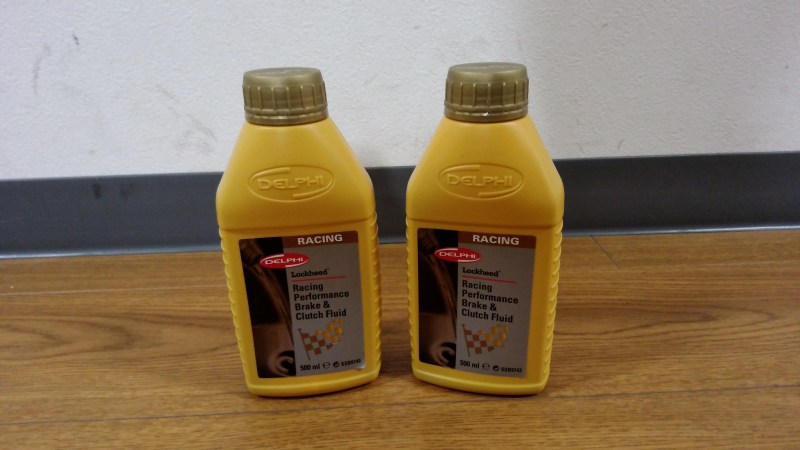
Brake fluid
Your car’s brake fluid resides in a reservoir underneath the hood. Usually, it’s marked by a black lid with a circular image. It’s usually located close to the firewall. Checking the brake fluid is simple. All you have to do is peek into the reservoir, see what color the brake fluid is, and ensure it’s close to the “full” line. The new brake fluid is almost translucent with a golden tint to it.
If your brake fluid is dark brown or black, it must be flushed. Low brake fluid indicates that you could have a leak or that your brakes need to be replaced. In addition, be sure to follow your owner’s manual to use the specific type of brake fluid that your automaker recommends.
Brake fluid mostly depends on driving habits. If you drive a performance vehicle and stomp on the brakes a lot, you’ll want to flush your brake fluid multiple times in a year. For the majority of other drivers, brake fluid should be changed every two years. Luckily, owners can purchase test strips to check the quality of the brake fluid.
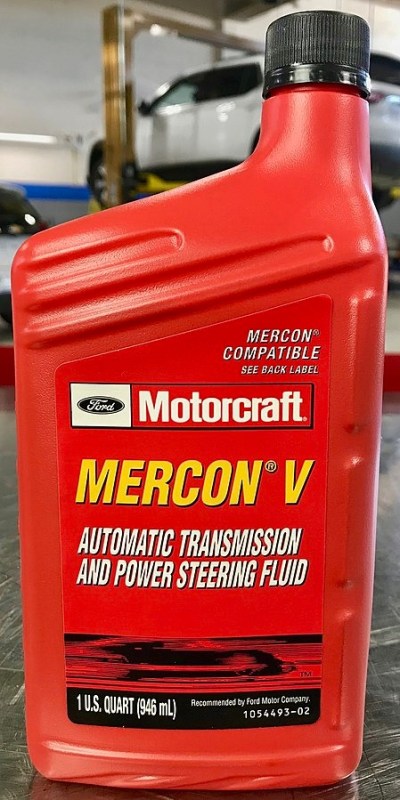
Power steering fluid
The reservoir for the power steering system is also located underneath the hood. Most of the time, the power steering reservoir is darker than the brake fluid reservoir, and the black cap usually has “Power Steering” written on it. Some power steering reservoirs are clear, so checking them requires looking at the color and fill level.
For dark reservoirs, there’s a little dipstick that’s attached to the cap. You can check the level of the fluid by looking at the leveler on the dipstick. Checking the quality and age of the liquid requires a white rag that you can clean the dipstick with. The power steering fluid is usually red or pink, so anything brown or black needs to be replaced.
Power steering fluid differs depending on the automaker, but a good rule of thumb is to replace it every 30,000 miles. However, if your car has an electric steering system, you don’t have to worry about changing the power steering fluid.
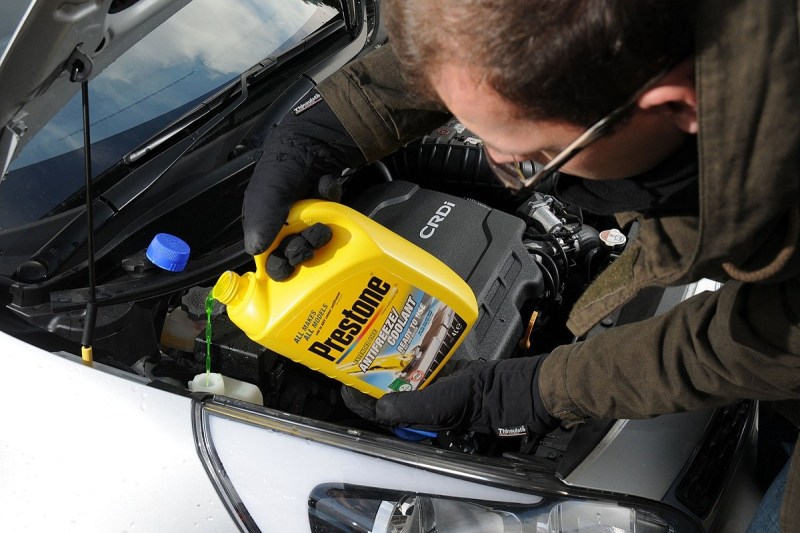
Coolant
As its name implies, coolant helps keep your engine cool and often goes overlooked as it’s out of sight. To check your antifreeze, you must order an antifreeze coolant tester, which looks like a funky turkey baster. Then, you’ll have to open the radiator cap – only do this when the car is cool! – suck some coolant with the tester, and check the reading. You can also look at the bottom of the radiator cap and inside the radiator to check for signs of sludge or gunk. Some cars have a coolant reservoir that you can check instead of the radiator.
Different automakers use different types of antifreeze, which can make diagnosing bad antifreeze difficult. You’ll want to follow your owner’s manual to get your vehicle’s correct type of coolant. Most coolant needs to be replaced every three years or 36,000 miles.
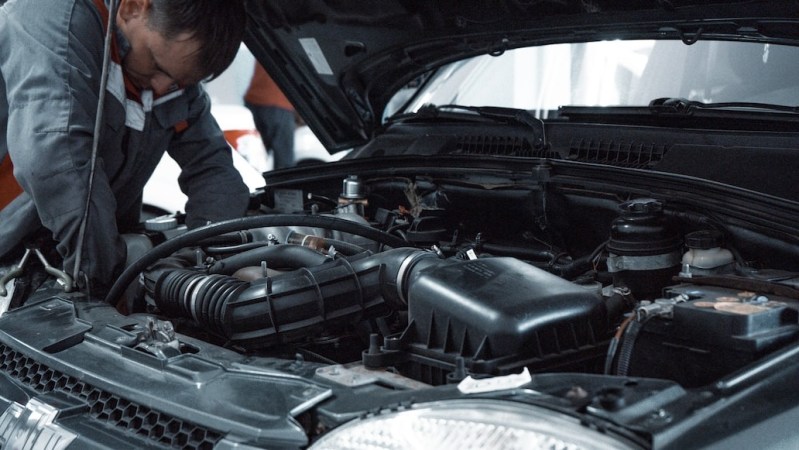
Air conditioning refrigerant
Checking air conditioning refrigerants is tricky because it requires special tools. One workaround for this is purchasing a recharge kit that usually comes with an easy-to-use gauge. These kits need you to attach a coupler to the low-pressure port of your car’s AC system and read the gauge when the air conditioning is running. That’s it! Mostly. There are a few more things you have to do, but it’s that simple.
A good rule of thumb is to check your AC system annually. Skipping a check could mean going without air conditioning in the summer. If you find that your car’s air conditioning system needs to be recharged consistently, you can check for leaks with a special refrigerant with some UV dye in it, which will glow a certain color under UV light. Otherwise, let a mechanic or AC specialist take a look.

Differential oil and transfer case fluid
Differential oil and transfer case fluid are some of the hardest fluids to check. Most of the time, these fluids are locked away behind fill and drain bolts that need to be removed to check the quality and level of the fluid. We don’t recommend removing either of these unless you know what you’re doing, have extra fluid on hand, and have a pump to put new fluid in.
For these, it’s best to stick with the automaker’s schedule and regularly check for leaks. Differential oil and transfer case fluid should usually be replaced every 30,000 miles for conventional gear oil and 60,000 miles for synthetic oil.
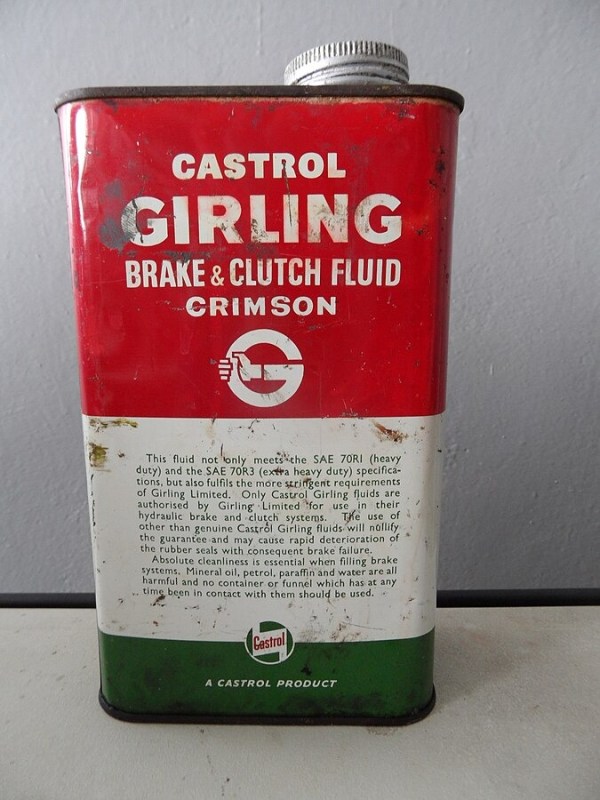
Clutch fluid
In today’s modern auto world, manual transmissions aren’t as popular as they used to be. Yet new and old vehicles still use manual transmissions, thus requiring specialized fluids like clutch fluid.
This type of fluid is needed because manual vehicle transmissions require clutch fluid to properly lubricate vehicle components to facilitate the movement of slave cylinders that operate by engaging and disengaging the clutch assembly. If there isn’t enough clutch fluid, the vehicle can’t complete these operations, and this can cause breakages to other auto parts.
Luckily to ensure this doesn’t happen, you can replace the clutch fluid yourself or have a qualified mechanic do it. On average, your clutch fluid should be replaced every two to three months or during routine maintenance. However, if you suspect you have a leak, you need to replace the clutch fluid more frequently to ensure your car continues to drive optimally and safely.
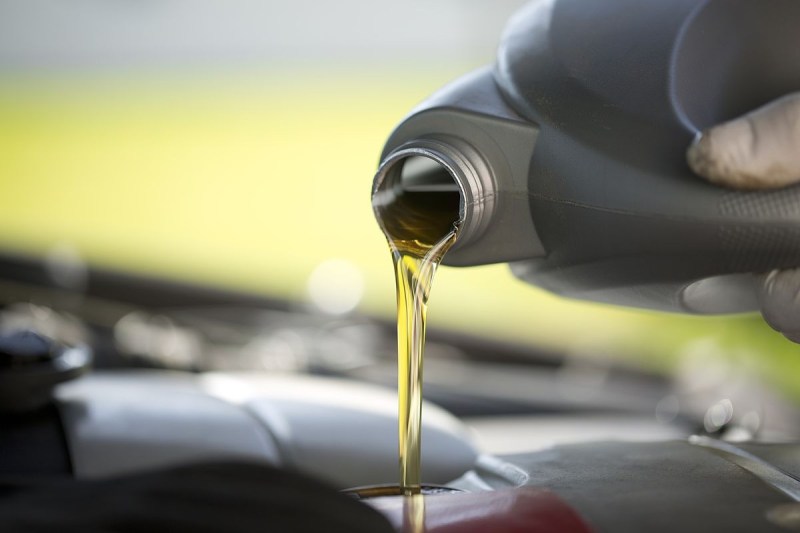
What is the cost of changing all fluids in a car?
When it comes to changing all the fluids in your car, the most expensive part of the job is the fluids themselves. Some vehicles require pricey fluids with extra additives that can add up while using synthetics that will last longer and will drive up the initial cost. With a manual and some help from YouTube, changing all the fluids in your car is a straightforward DIY job, similar to changing your engine’s air filter. If you head to a shop, you could be looking at spending anywhere from $500 to $1,000 to flush all of your car’s fluids.
Changing all the fluids in your car may seem complicated, but checking them is usually straightforward. To get into a groove, you’ll want to check all these fluids every year to stay on top of them — especially before heading on a road trip. When the liquid gets old, it loses its helpful properties and puts components in danger of failing.
Routinely checking your fluids may seem tedious, but replacing them every few years is far more affordable than replacing the components they protect. So spend some time checking and replacing the fluids in your car regularly, and it will reward you with more years of trouble-free ownership.
Editors' Recommendations
- Want to buy an EV? Don’t – this is why you should lease an electric car instead
- Ford F150 Lightning vs. Chevy Silverado EV: Which one should you buy?
- How to care for your EV battery and reduce range anxiety
- Costco has a secret online store, Costco Next, that any member can access – here’s how
- Wash, wax, repeat: Polish and protect your precious ride with the best car waxes





